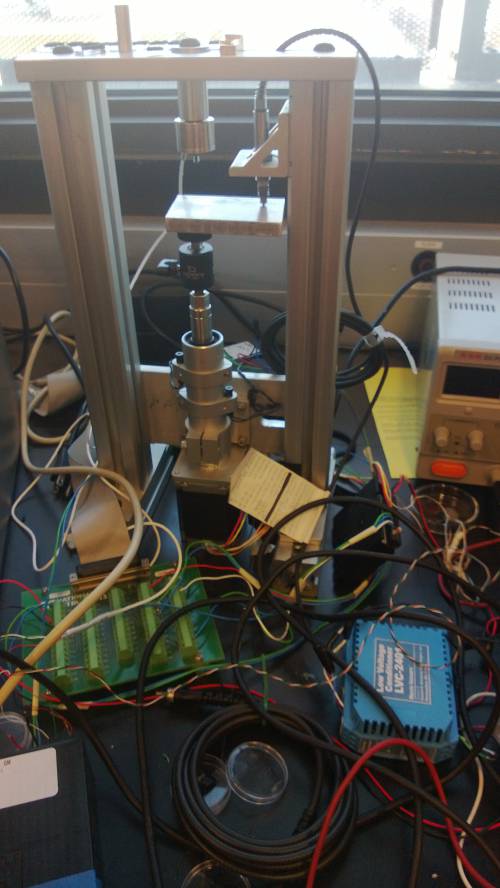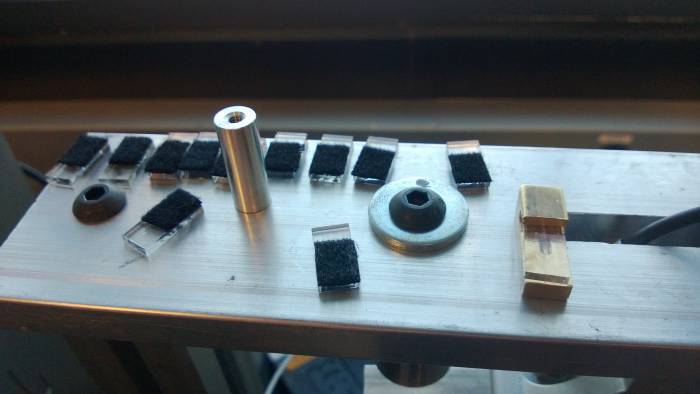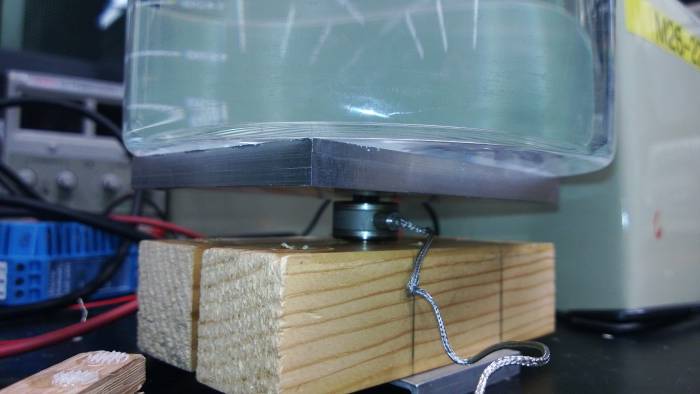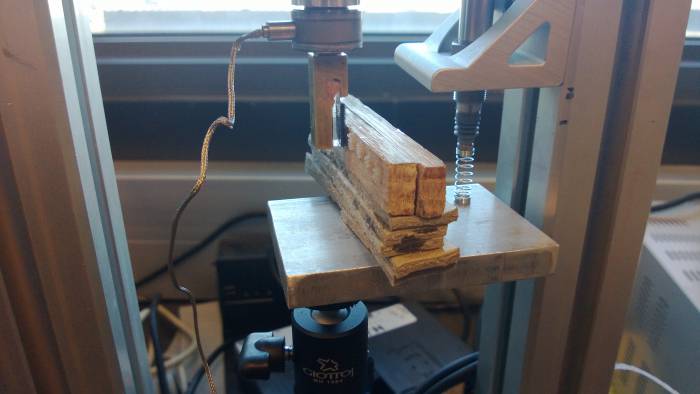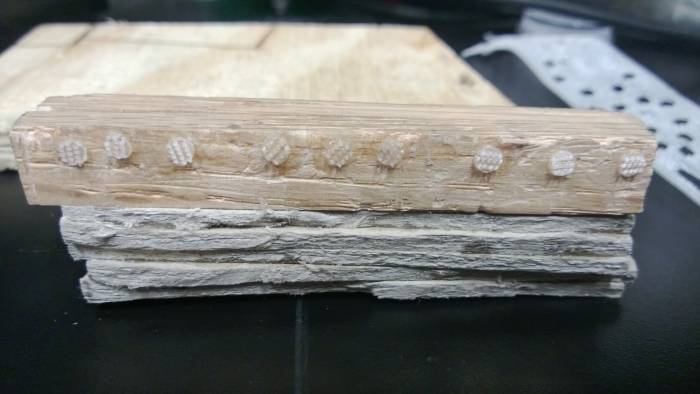Testing
Our initial tests are looking into the relative strength of our velcro on loops under shear forces without considering the strength of the attachment. The machine used to test the force required to pull the velcro apart is a mechanical load tester that was previously built to test the strength of the cartilage grown into velcro loops:
For out testing we wanted to ensure that repeated cycles of attaching and detaching velcro, which causes the velcro to weaken, wasn't an issue. As a result, a generic metal mount onto the machine was made, and cartridges of plastic with velcro attached were lazer cut and press-fit into the mount.
In order to test the load given on the machine, a load cell had to be calibrated. The original machine was limited to 25 grams of force, while our estimates for the needed load were around 3.5 lbs. As a result, a new load cell with a 5 lb range was found and calibrated for the machine. A mount was made that held a beaker containing enough water to make the whole system weigh 5 lbs to allow for the calibration of the machine at the maximum weight. A second point at 0 lbs was also taken to make a two-point calibration.
Our testing setup requires the hooks to be attached to wood and clamped onto the metal base. The hooks are pressed into the loop setup and the platform was raised until there was no net force on the load cell. The platform was then gradually raised while keeping track of the force on the load tester.
Our setup, now with a spring:
The velcro hooks:
A sample graph of the data obtained:
